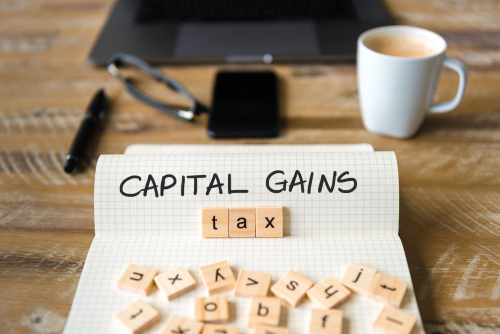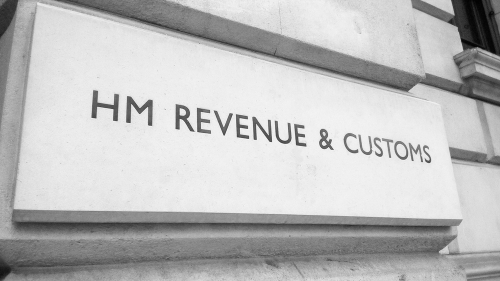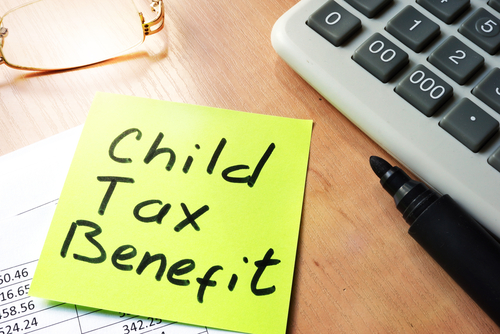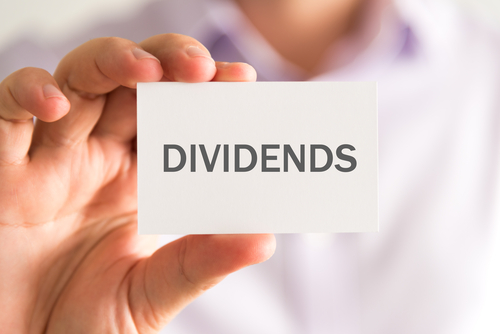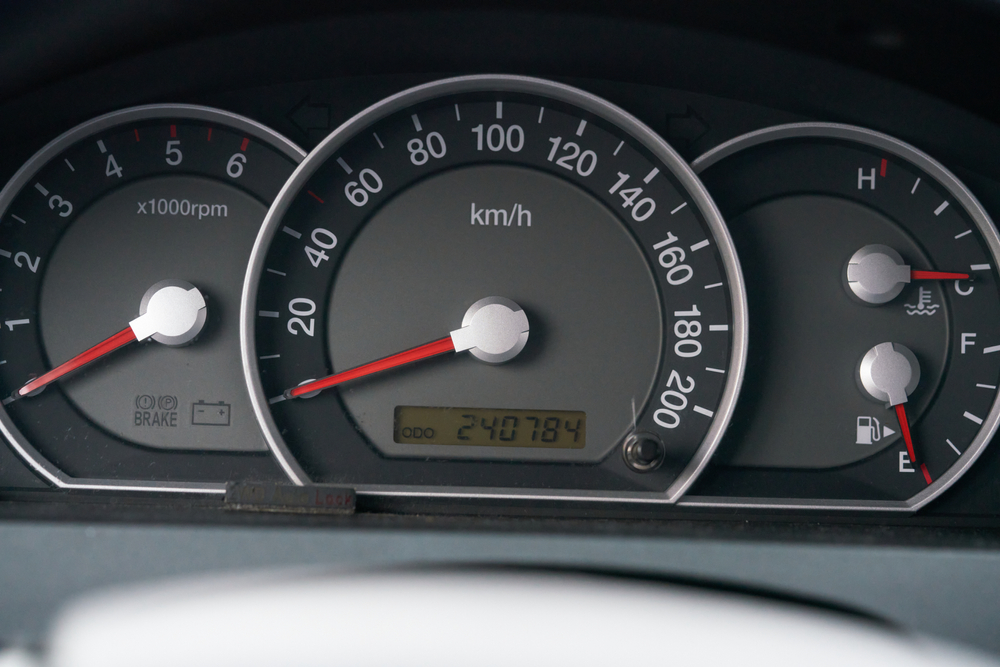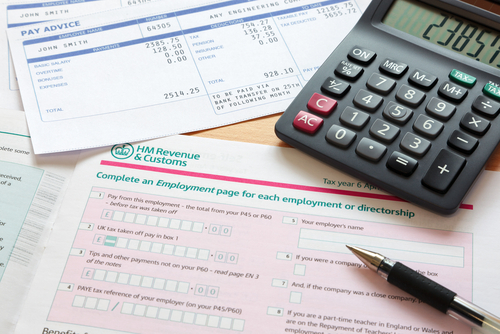
Although the deadline for submitting your 2022/23 tax return online is midnight on 31 January 2024, if you owe tax and you want to have it collected through PAYE via an adjustment to your tax code, you will need to file your tax return by the earlier date of 30 December 2023.
If the option to pay any tax you owe via PAYE is available to you, it can be attractive. Not only are you saved from having to pay the bill in full by 31 January 2024, but you can also pay what you owe in instalments without needing to set up a Time to Pay arrangement. Further, there is no interest to pay – a bonus in times of high interest rates.
Qualifying conditions
Paying your Self Assessment tax bill through your tax code is only an option if all of the following conditions are met:
- You owe less than £3,000 in total.
- You already pay tax through PAYE, for example, because you are an employee or because you receive a company pension.
- You submitted your 2022/23 tax return online by 30 December 2023 (or filed a paper return by 31 October 2023).
It is important to note that if your Self Assessment bill is more than £3,000, you cannot pay it via PAYE – even if you make a part payment to reduce the outstanding amount to £3,000 or less. However, if you are struggling to pay, you may be able to set up a Time to Pay arrangement (which can usually be done online if you owe £30,000 or less).
It will not be possible to pay your tax through PAYE if you do not have enough PAYE income for HMRC to collect what you owe or if deducting your Self Assessment tax via PAYE would result in you paying more than 50% of your PAYE income in tax or paying twice as much tax as you usually do.
Automatic set-up
If you have filed your tax return by the 30 December 2023 deadline and you meet all three of the conditions set out above, HMRC will automatically amend your 2024/25 tax code to collect the tax that you owe under Self Assessment for 2022/23 – you do not need to ask them to do this. If you do not want them to collect tax in this way and you have filed your return by 30 December 2023, you will need to tell them.
Your code is adjusted so that you will pay the tax that you owe in 12 instalments over the tax year in addition to the usual deductions from your pay. For example, if you owe £1,200 and you are a basic rate taxpayer, your personal allowances will be reduced by £6,000, so that if you receive the personal allowance of £12,570, your code for 2024/25 will be 657L. You will pay an additional £100 a month in tax as a result for 2024/25.

